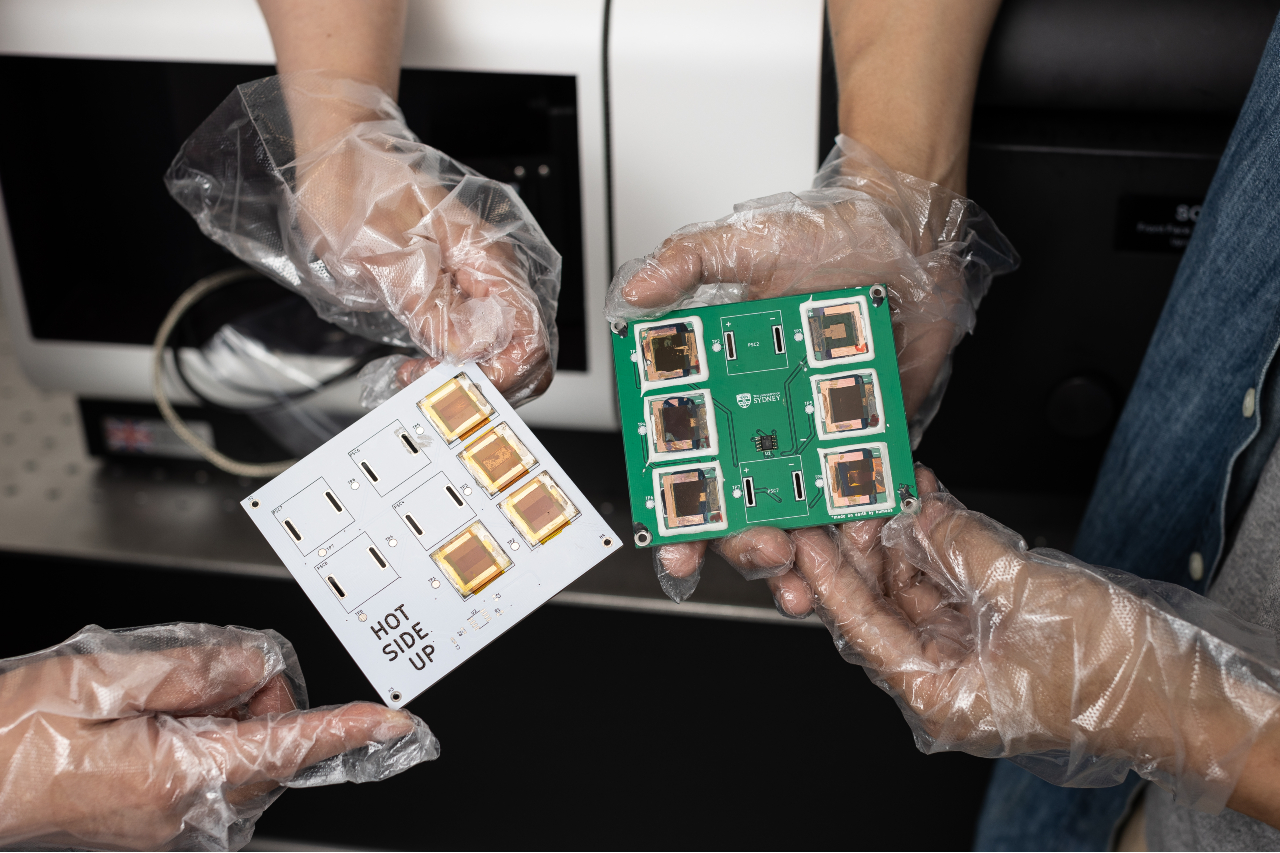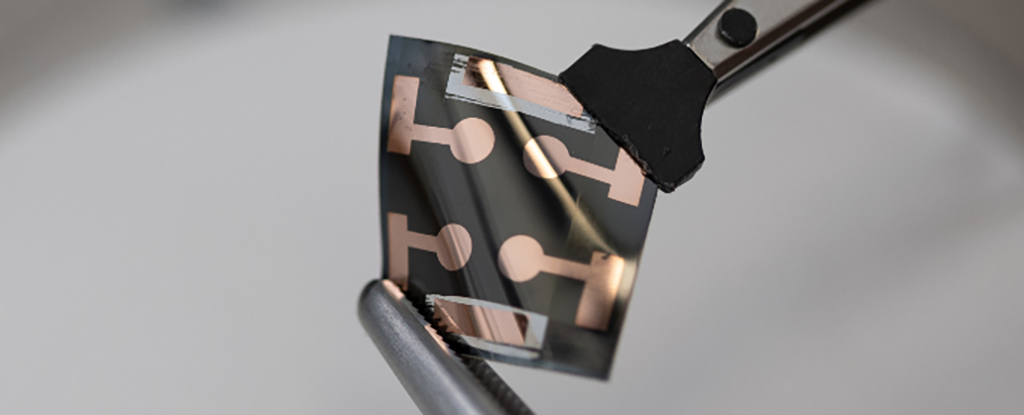Newly developed solar panels can regenerate after being damaged by cosmic radiation. The new discovery promises to make power supplies for satellites and spacecraft more stable and reliable in the future.

The type of solar panels known as Perovskite solar cells (PSC) has previously shown great potential for use in space. They are light and relatively inexpensive to manufacture. Moreover, such solar panels convert solar radiation into electricity with a high level of efficiency. However, they must withstand a high-energy barrage of proton particles in space. Researchers from the University of Sydney and the Centre for Accelerator Science in Australia believe they have found a solution to this problem.
In laboratory conditions created to simulate the effects of proton radiation for tens or even hundreds of years, the researchers tested ultrathin substrates for solar cells suitable for use on satellites.
Australian researchers have discovered that Perovskite solar cells damaged by proton radiation can fully restore their efficiency by heat treatment in vacuum. The team has achieved this breakthrough through the development of a hole transport material (HTM) that moves positive charges generated by light to the electrode cells, allowing them to remain separated and produce electricity. It is also complemented by ultra-thin sapphire substrates compatible with a high power-to-weight ratio, which makes them suitable for commercial applications. Carefully configured, HTM can also provide regenerating panels up to 100% of their efficiency.
Results of the experiment
The experiment involved irradiation with fast beams of protons with an energy of 7 MeV to simulate the radiation they would encounter in Earth orbit. Using chemical analysis, it was found that fluorine diffusion induced by proton radiation leads to the appearance of defects on the surface of the Perovskite absorber, which over time can lead to cell degradation.

The researchers could stop radiation-induced degradation by conducting heat treatment in vacuum from ordinary solar heat. Two specific types of HTM and one type of dopant (a modifying substance added to HTM) best resisted proton radiation damage. Theoretically, solar radiation can restore these solar cells, as well as power them. This groundbreaking research provides insight into the development of low-cost, lightweight solar cells for future space applications.
In order for this to work, a lot more research will be needed. But this particular study shows that it is possible – one day we will be able to have spacecraft that will be powered by solar panels capable of regenerating. Given the high cost of space flights, this can make a great importance.
Earlier we reported on how scientists transmitted energy from space to Earth for the first time.
The study is published in the journal Advanced Energy Materials
Follow us on Twitter to get the most interesting space news in time
https://twitter.com/ust_magazine

